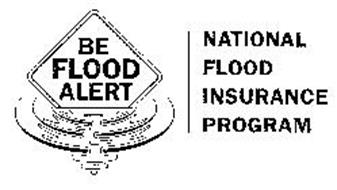

These maps can help you learn if your property is located in a high-risk or a moderate- to low-risk flood zone. Your community maintains a collection of Flood Insurance Rate Maps (FIRMs). They can tell you what you qualify for and what the coverage options are. Contact your homeowners or property insurance agent to learn more. Many licensed insurance agents write NFIP flood insurance, just like other property coverage. You need to learn the specific requirements for your address and community. Federal laws also require that property in high flood risk areas maintain continuous flood insurance. Many forms of disaster assistance, though, require that you have and keep flood insurance to qualify. It is insurance to help property owners recover more quickly after a loss. This insurance helps cover repairs for flood damage to buildings and contents.įederal flood insurance is not a disaster-assistance program. FEMA has created a fact sheet to summarize the act.The National Flood Insurance Program (NFIP) allows homeowners, business owners, and renters in communities that participate in the NFIP to buy federally backed flood insurance. Recently, the federal government enacted changes to the National Flood Insurance Program through the Homeowner Flood Insurance Affordability Act that was signed into law on March 21, 2014. NFIP also establishes the framework and minimum requirements for the City's floodplain management ordinance, which includes the Flood Insurance Study and Flood Insurance Rate Maps.įlood insurance for a structure and its contents is available to all residents, business owners and property owners of a community participating in the NFIP, regardless of if you are in an identified flood-prone area or not. Only flood insurance will cover these losses to the content and a structure. A typical home insurance policy does not cover losses from a flood. The NFIP enables property owners and residents of Manhattan to purchase insurance to protect against losses from flooding. The National Flood Insurance Program (NFIP) is administered by FEMA. insurance agent can determine if your community participates in the Federal program. The Class 8 CRS rating serves the average property owner approximately $73 per flood insurance policy each year and saves policyholders within the community more than $26,000 in insurance premiums each year. Union Mutual offers federally funded flood insurance through NFIP. This rating means that Manhattan residents and business owners in high-risk flood zones benefit from a 10-percent discount on their flood insurance policies each year. Manhattan is a Class 8 community with FEMA's Community Rating System because the City has adopted more stringent flood mitigation measures. FEMA has provided a fact sheet regarding the "Grandfather" rules. The National Flood Insurance Program's "Grandfather" rules could apply to some properties in Manhattan.

The lower the lowest enclosed floor is compared to the Base Flood Elevation (i.e., -2 feet), the more expensive flood insurance will be. Flood insurance is required for properties located in Zone A, AE or AH as shown on the Flood Insurance Rate Maps. Flood insurance is determined by what flood zone a particular property is located in, and the difference between the lowest enclosed floor of the structure (i.e., the top of the basement floor) and the Base Flood Elevation, which is the elevation of the 1% Annual Chance Flood.


 0 kommentar(er)
0 kommentar(er)
